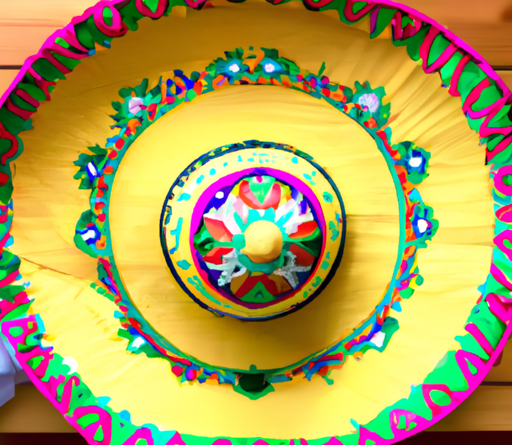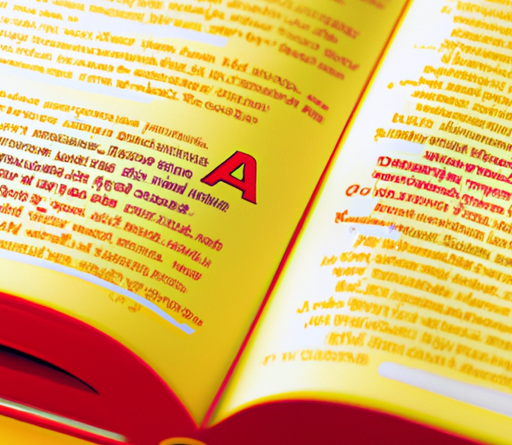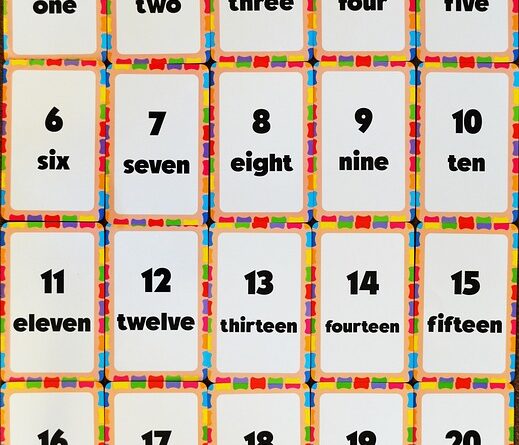
Have you ever wondered how to say hello in Spanish? It’s a common question that many people have when they’re first learning the language. Well, you’re in luck! In this article, we’re going to dive into the different ways you can greet someone in Spanish and provide you with some useful phrases to get you started. So, whether you’re planning a trip to a Spanish-speaking country or simply want to expand your language skills, get ready to learn more about saying hello in Spanish!
When it comes to greeting someone in Spanish, there are several options to choose from. The most common and widely used greeting is “hola,” which is the equivalent of “hello” in English. However, depending on the situation and the level of formality required, there are other phrases you can use too, such as “buenos días” (good morning), “buenas tardes” (good afternoon), and “buenas noches” (good evening/night). Each of these greetings is used at specific times of the day and is a polite way to acknowledge someone. In the article, we’ll explore these phrases in more depth, along with some tips on pronunciation and cultural considerations when greeting someone in Spanish. So, let’s get started and say “hola” to learning how to say hello in Spanish!

Table of Contents
How to Say Hello in Spanish
Greetings are an important part of any culture, and Spanish culture is no exception. Whether you’re traveling to a Spanish-speaking country or simply want to expand your language skills, knowing how to say hello is a great first step. In this article, we will explore the different ways to greet someone in Spanish, both formally and informally, as well as some common phrases and cultural aspects to keep in mind.
Basic Greetings
The most basic greetings in Spanish are used throughout the day and are appropriate for any situation.
Hola
The most common and simple way to say hello in Spanish is “hola.” This versatile greeting can be used in any context and with any person.
Buenos días
Another common greeting, “buenos días” is used to say good morning. It is typically used until around noon or early afternoon.
Buenas tardes
To greet someone in the afternoon, you can say “buenas tardes.” This phrase is commonly used from late afternoon until evening.
Buenas noches
In the evening and at night, you can use “buenas noches” to say hello. It is often used as a greeting when meeting someone for the first time in the evening.
Formal Greetings
When addressing someone formally, such as a stranger or someone in a position of authority, it is important to use more respectful language.
Saludos cordiales
A formal way to greet someone is by using the phrase “saludos cordiales,” which translates to “kind regards.” This is a polite way to say hello in a formal setting.
Mucho gusto
To express pleasure in meeting someone, you can say “mucho gusto,” which means “nice to meet you.”
Encantado/a de conocerlo/a
If you want to convey that you are delighted to meet someone, you can say “encantado/a de conocerlo/a,” which translates to “delighted to meet you.” This is considered a more formal and polite greeting.
Informal Greetings
When addressing friends, family, or people you are familiar with, you can use more informal greetings.
¿Qué pasa?
A common informal greeting is “¿qué pasa?,” which means “what’s up?” It is often used among friends and acquaintances.
¿Cómo estás?
To ask someone how they are doing, you can say “¿cómo estás?” which translates to “how are you?” This is a casual and friendly greeting.
¿Cómo te va?
If you want to ask someone how things are going in a more general sense, you can say “¿cómo te va?” This phrase is commonly used among friends and acquaintances.

Additional Greetings
Here are some additional greetings that you can use to vary your conversations and show your interest in the other person:
¡Hola!, ¿qué tal?
A casual and friendly greeting is “¡hola!, ¿qué tal?” This is similar to saying “hello, how are you?” in English.
¿Qué onda?
A more informal way to greet someone is by saying “¿qué onda?” This phrase is commonly used among friends and is equivalent to asking “what’s up?”
¿Cómo va todo?
To ask how everything is going, you can say “¿cómo va todo?” It is a friendly and casual greeting that shows your interest in the other person’s well-being.
¿Qué tal todo?
A similar phrase to “¿cómo va todo?” is “¿qué tal todo?” This greeting is commonly used among friends and acquaintances.
Common Phrases
In addition to greetings, there are some common phrases that you can use to initiate conversations and get to know someone better.
¿Cómo te llamas?
If you want to ask someone’s name, you can say “¿cómo te llamas?” This phrase translates to “what is your name?”
¿De dónde eres?
To ask someone where they are from, you can say “¿de dónde eres?” This question shows your interest in the other person’s background.
¿Qué haces?
If you want to ask someone what they do for a living or what their occupation is, you can say “¿qué haces?” This phrase translates to “what do you do?”
¿Dónde vives?
To ask someone where they live, you can say “¿dónde vives?” This question allows you to learn more about someone’s location.
Response to Greetings
When someone greets you, it is polite to respond. Here are some common responses you can use:
Bien
If you’re doing well, you can simply respond with “bien,” which means “good.”
Muy bien
To indicate that you’re doing very well, you can say “muy bien,” which translates to “very well.”
Regular
If you’re feeling so-so or just okay, you can say “regular.” This response indicates that things are neither particularly good nor bad.
Así así
A similar response to “regular” is “así así,” which means “so-so.” This is a more casual way to express that you’re feeling average.
No muy bien
If you’re not doing well, you can say “no muy bien,” which translates to “not very well.”
Mal
To indicate that you’re feeling bad or not well, you can simply say “mal,” which means “bad.”
Cultural Aspects
When greeting someone in Spanish, it’s important to keep in mind certain cultural aspects.
Cheek kissing
In many Spanish-speaking countries, cheek kissing is a common greeting between friends and family. It is customary to give one or two kisses on the cheek (starting with the right cheek), depending on the region and the level of familiarity.
Greetings in different Spanish-speaking countries
It’s also worth noting that greetings may vary slightly between different Spanish-speaking countries. While the basics are generally the same, specific phrases and customs may differ. If you’re traveling to a particular country, it’s always a good idea to familiarize yourself with the local greetings and customs.
Conclusion
Learning how to say hello in Spanish is not only a useful tool for communication, but it also shows respect and interest in the Spanish-speaking culture. By using the appropriate greetings based on the level of formality and familiarity, you can create positive and friendly interactions with native Spanish speakers. So next time you meet someone who speaks Spanish, remember these greetings and start the conversation off on the right foot. ¡Hola! ¿Qué tal?







